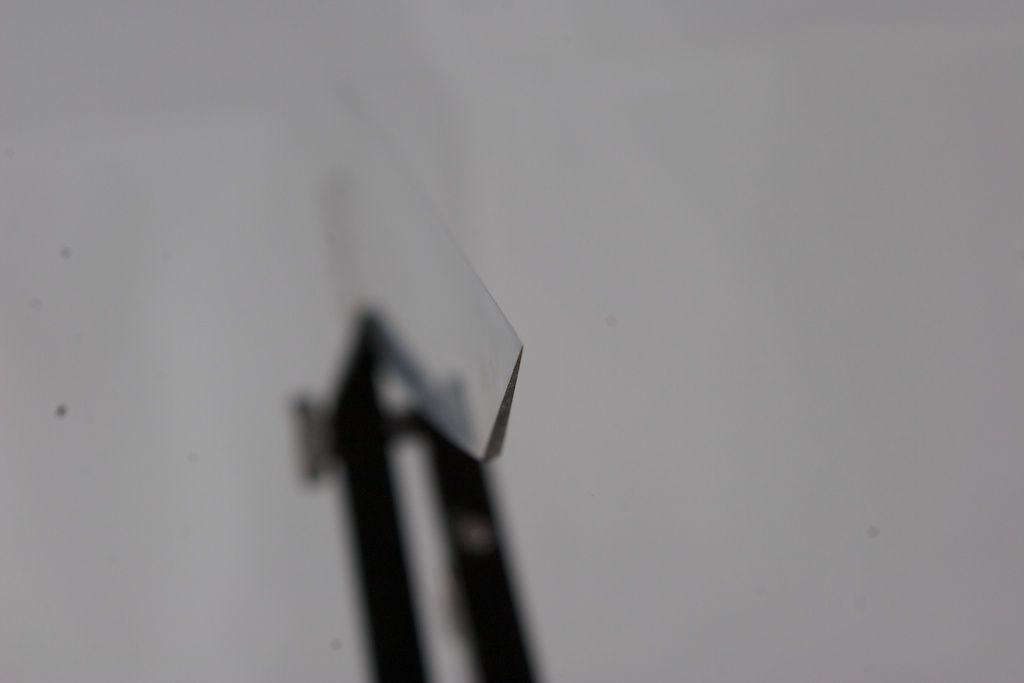Yep lets see. I expect the D2 and 3v will be chalk and cheese. Its fun to play in these extremes to learn. Yeah the main concern is the D2 will not be terribly stable on a very thin edge due to larger carbides. Although the grain looks fine would need a micrograph to show up the large undissolved carbides. So I'm hoping I have pulled off something with my moderate HT in not going for extreme hardness and multiple temper cycles, cryo, all this should help reduce the larger carbides and give a more even distribution, but we will see.
I have just found an excellent source for samples of many Bohler and latrobe steels, so more testing to come over future months.Obviously the pm steels get expensive so will be done gradually.
Hi Will,
Dont know enough abt steel..
reading metallurgy .. quite hard for me to absorb. Based on the above, you are attempting to get the best out pf the steel ( mono steel) in terms of performance and edge retention.
A possibility could be folding the 2 different type of steel each excelling in the specific criteria and making a solid damascus of it provided that they both have the same HT treatment process/ criteria with less priority on how the contrasting damascus would look like.. .. a thought inspired by your early piece where by the damascus was not so contrasting.
In terms of percentage increase of edge retention, are you expecting a significant jump?
Have fun.





















